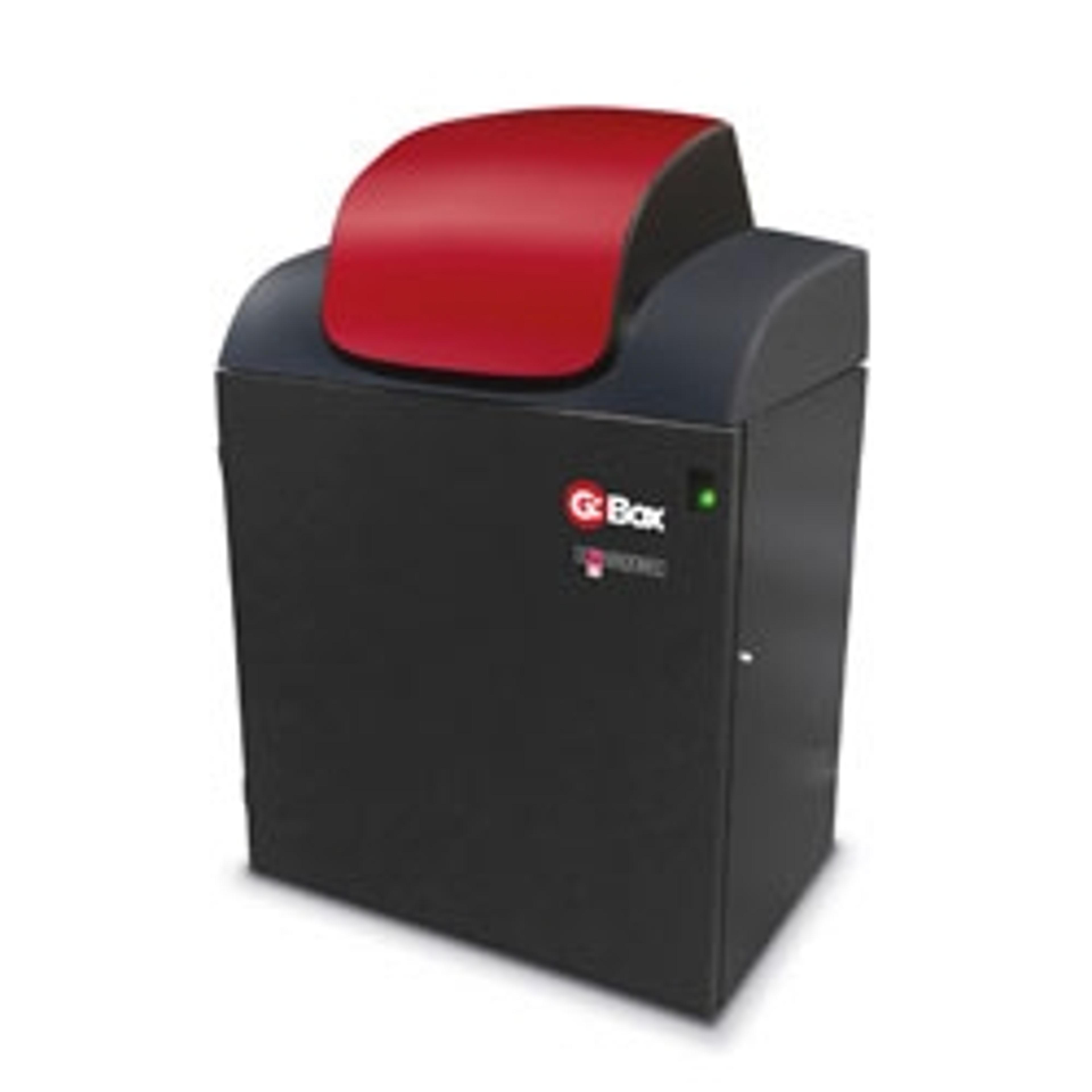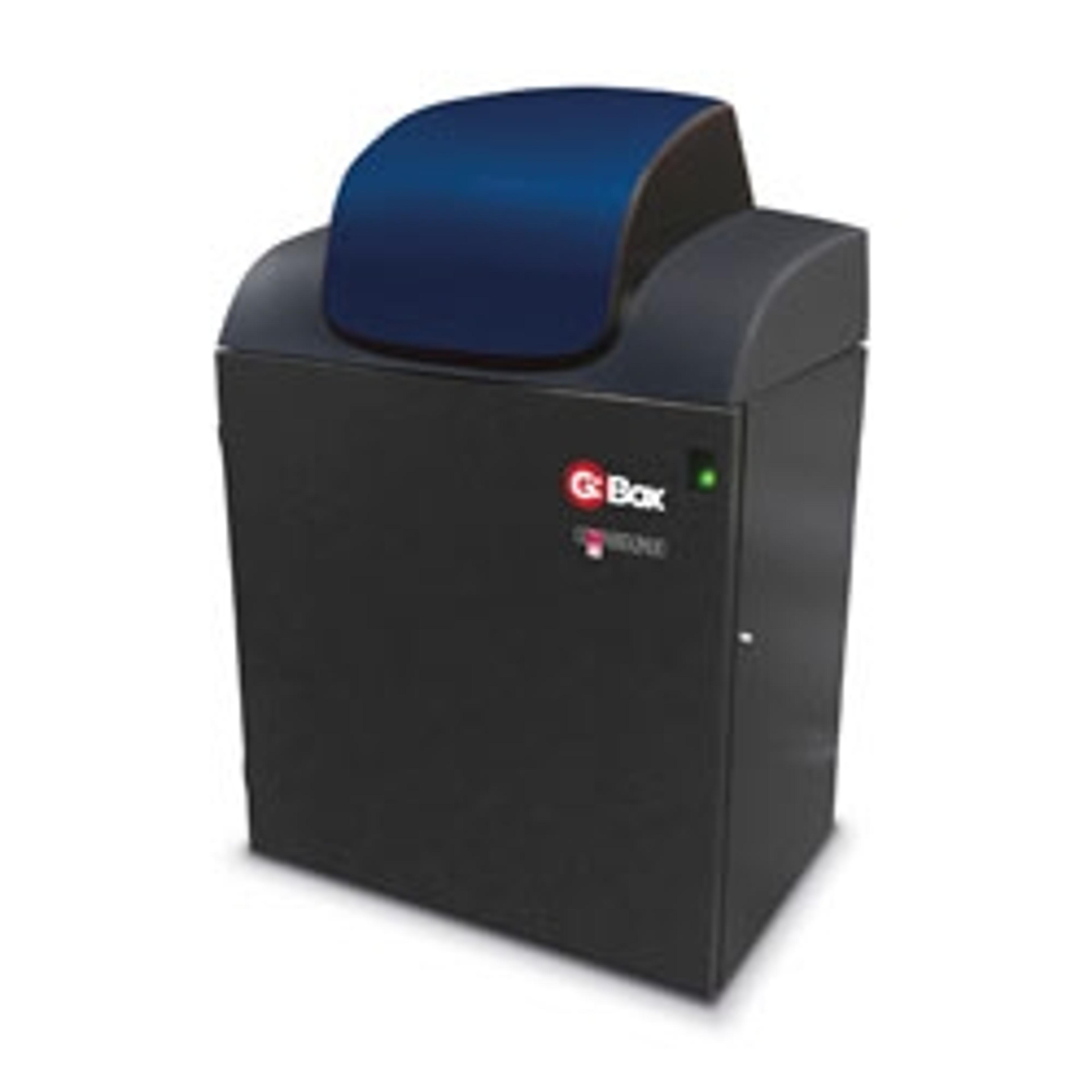G:BOX Chemi XT Analyser Accurately Detects DNA and Proteins Associated with Tumour Generation
24 Oct 2010Syngene's G:BOX Chemi XT imaging system is being used by scientists at The Institute of Cancer Research (ICR) in London to help understand the cellular basis of how tumours develop and progress.
Researchers in the Section of Cell and Molecular Biology at the ICR are using a G:BOX Chemi XT system to accurately analyse protein gels stained with Coomassie blue and agarose gels of DNA stained with GelRed™. The system is also used to image chemiluminescent Western blots labelled with ECL. The information from the gels and blots is helping to determine the involvement of
enzymes controlling inositol lipid signalling pathways in processes underlying tumour generation and progression.
Dr Tom Bunney, Staff Scientist at the ICR, commented: “We are studying lipid signalling pathways in various tumour cell lines. To do this we look at regulation and de-regulation of inositol lipid signalling by performing DNA manipulations and then protein expression. We run a large number of DNA gels using GelRed because it is less toxic than Ethidium Bromide but this stain does require a system which is more sensitive to detect it. We also perform blots of proteins using chemiluminescent technology, which can be expensive when using film to develop blot images and has environmental consequences.”
Dr Bunney continued: “To solve these problems we need a sensitive gel doc system that can also image chemiluminescence. In the year we have been using the G:BOX Chemi XT system we have produced some good images and it detects well at the nanogram level.”
Laura Sullivan, Syngene’s Divisional Manager, stated: “Research into the basis of tumour development is critical in being able to develop new therapies and we are very proud that our G:BOX Chemi XT system is playing a part in this work.
Having scientists at one of the world’s leading cancer research centres choose our imager is a great endorsement because it shows that researchers don’t have to compromise their budget to find an excellent quality multipurpose system for accurately detecting nanogram amounts of DNA and proteins.”


